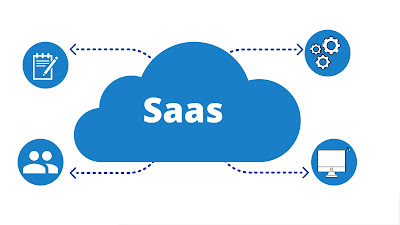Businesses must accomplish more with less in today's world. Budgets typically shrink when a recession begins, putting strain on IT teams. Investing in technology has been high on the agenda, but organisations must now cut back, whether it's on office costs, energy bills, or software costs.
A one-of-a-kind firm necessitates specialised software. Individual software builds a company's brand image, handles user problems more effectively, and optimises its operations. However, creating such a programme from scratch is difficult and expensive. Is it possible to cut software development costs while maintaining quality? Here are different approaches.
Creating New Software Configurations -
With the rise of the cloud and SaaS, funding methods for commercial software have shifted. Consumption-based pricing models, according to Greg Ouillon, EMEA CTO at New Relic, are the future of SaaS and the greatest approach for organisations to manage IT cost.
"In a nutshell, users only pay for what they use," he says. "This is crucial at times where departments must justify every dime they spend. Traditional structures compelled teams to sign multi-year contracts. For many, this meant underuse and a squandered budget, or overuse and penalties."
Cloud models may have promised greater cost flexibility, but some products have failed to deliver, according to Tom Bridge, principal product manager at JumpCloud. "Look at products where you can see what you pay for per user and what deals you can do by taking a more bundled approach," he suggests.
Looking For Ways To Improve Efficiencies Within The Organisation -
Businesses that want to minimise costs without sacrificing functionality or quality must first learn how to make the greatest use of their existing apps.
Businesses that use several programmes, such as different document management systems, might save money by rationalising their apps, according to Garrett. However, it is critical not to jeopardise the integrity of fundamental company activities.
"Rethinking traditional infrastructure delivery and exploring cloud-based possibilities could result in significant cost reductions for larger enterprises." "he claims. "The adoption of a zero trust security model and technologies to eliminate the requirement for a traditional WAN is a good example of this.
"Removing the requirement for traditional WAN can save expenses for larger enterprises with several offices, while minating to a cloud-based solution can improve user experience, security, and connectivity to apps from locations outside of the office."
According to Simon Blunn, SVP and general manager EMEA at WalkMe, organisations should always aim to maximise the value of their software before decreasing expenses. He suggests asking staff whether they need any more help or tools to get the most out of the programme they're using.
"A smart approach to digital adoption can help prevent excessive cost cutbacks by ensuring that the technology that organisations have invested in is utilised to its full potential," he says. "Similarly, if users are able to fully utilise office software, the efficiencies obtained through greater productivity will offset software expenses."










